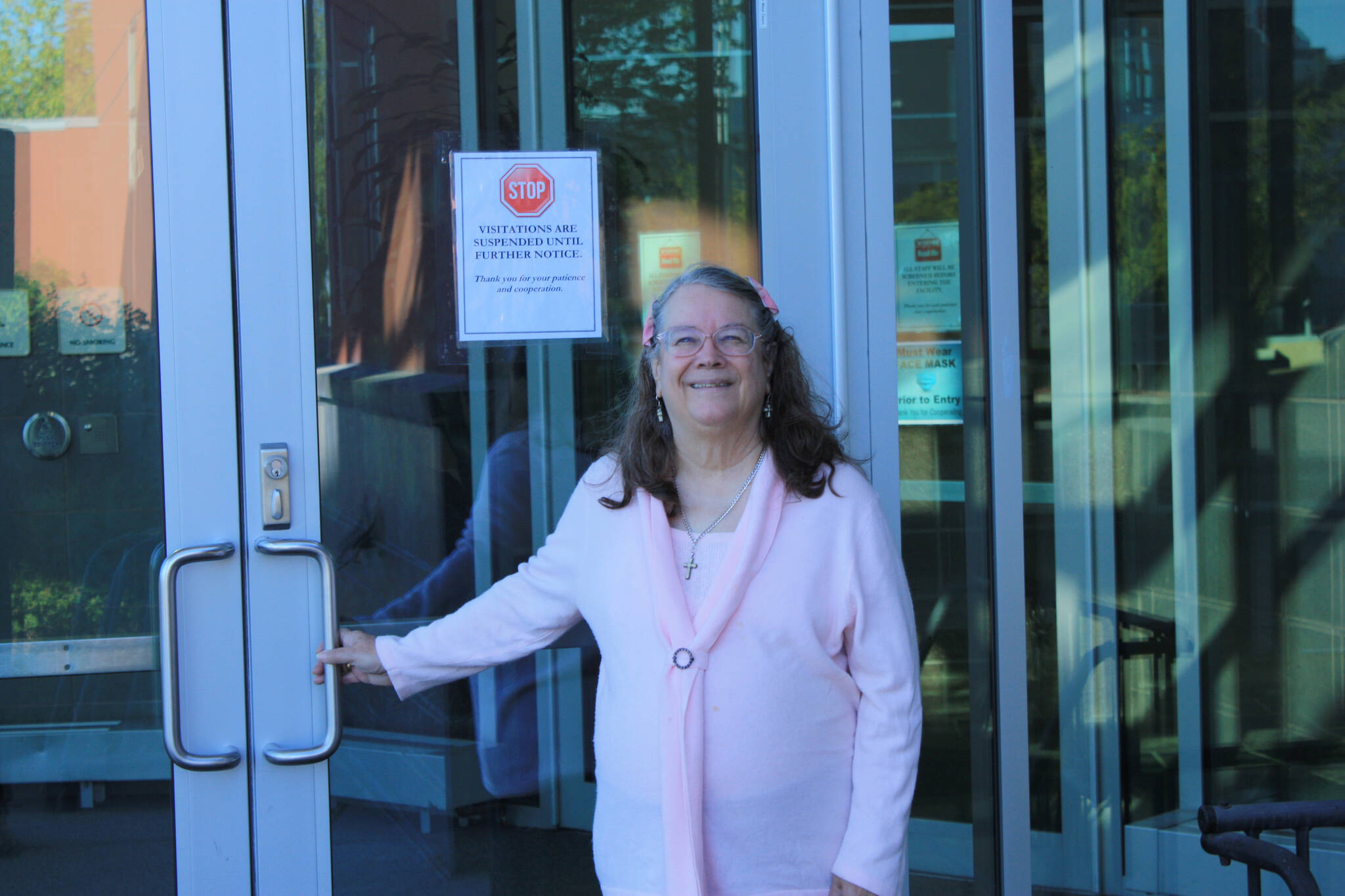Closing the inhumane psychiatric facilities in the 1960s was the right thing to do but there was no well-thought-out plan in place before releasing the patients. The federal and state governments did not develop a successful way to move people with an acute mental illness seamlessly from institutional care to community care. I attribute the failure to Alaska state agencies not wanting to spend the money or effort to find a solution. As a result, too many psychiatric patients have ended up living on the streets.
The deinstitutionalizing of psychiatric patients happened in two phases. In 1963 Congress passed the Community Mental Health Act to provide federal funding for community mental health centers and research facilities and the adoption of Medicaid in 1965. Since the enactment of those two programs, 90% of the beds have been cut at psychiatric hospitals.
Some estimations put the homeless populations in Alaska with a severe mental illness at about 30%. In my estimation I double that number because I include individuals with post-traumatic stress disorder. Any person that rotates in and out of psychiatric facilities for a forced evaluation or treatment will experience trauma brought about by handcuffs, isolation and restraints. This is more likely to develop into or exacerbate PTSD, one of the costliest and most debilitating mental disorders.
According to a document produced by staff at the Alaska Psychiatric Institute, there was a program in place from 1962 to ’72 on how to prepare patients for release to community care, but it was discontinued. In the 5 years I rotated in and out of API, from 1999 to 2003, there was no realistic plan to move patients to community care. I was often discharged from API with no cognitive ability to even fill the prescription that they put in my hands. On one occasion, I was on the phone with the bank trying to pay the rent on my apartment. Staff at API hung up the phone on me and I ended up losing my apartment. There was little or no contact with any social workers at API. And I became homeless.
There are challenges that society and psychiatric patients face that were never necessary. In the past year, Alaska Judges have found themselves unable to move forward with a criminal case against a person because they were found incompetent to stand trial and there was no place to put the person in a psychiatric facility. The new API building was built with only a 10-bed forensic unit. There should have been at least a 30-bed forensic unit in the new API building.
If psychiatric patients are to be released from API and other locked facilities to community care successfully, then psychiatric hospital policies have to be re-designed to reduce unnecessary trauma. The current plans for psychiatric patient care in locked facilities are detrimental to patients rejoining society. There is very little patient connection to family and community and no open-door policy where patients can go into a fenced courtyard or outdoors. The shock of a person being locked up in a psychiatric facility and then released to the streets is not working.
When I attended the Improving Lives Conference at the Dena’ina Center, September 27th, there were conversations around the need for a step-down psychiatric facility—not as restrictive as API. And where patients could be connected with social workers to help with housing and medical care. A place where people could be transitioned to community care and a place where the courts could send a person that needed psychiatric patient care as opposed to jail. The old 126,000 Sq. ft. API building could have been used for just such a mission, but it was sold by the state.
Starting mostly in the 1980s, the Alaska legislators started checking the boxes on needed psychiatric patient rights. But the laws were poorly crafted. Today psychiatric patients do not have many more rights inside an institution than they did 60-years-ago. Managers of psychiatric facilities write the patient grievance and appeal process (AS47.30.847) And there is no state requirement that patients cannot be put through an endless informal complaint process. Lack of rights and poor rights means that acute care psychiatric patients are often mistreated and coerced. And that is not conducive to moving a psychiatric patient to community care. Which can leave psychiatric patients to fall through the cracks and become homeless.
There are about a dozen psychiatric facilities or units outside of API that stabilize psychiatric patients to be transferred to community care. Alaska, among
other states, is unique—there is very little state oversight of psychiatric facilities and their practices. The Legislative Legal Services in 2015 made a similar point. For patients to successfully transition to community care, the Legislature and others will have to set a standard of psychiatric patient care and rights to best practice. And the improvements will reduce homelessness.
• Faith J. Myers is a psychiatric patient rights activist and author of the book, “Going Crazy in Alaska: A history of Alaska’s treatment of psychiatric patients.” And author of the e book, “Mental Health Care in Alaska 2022: A report card by a former psychiatric patient.”Columns, My Turns and Letters to the Editor represent the view of the author, not the view of the Juneau Empire. Have something to say? Here’s how to submit a My Turn or letter.

